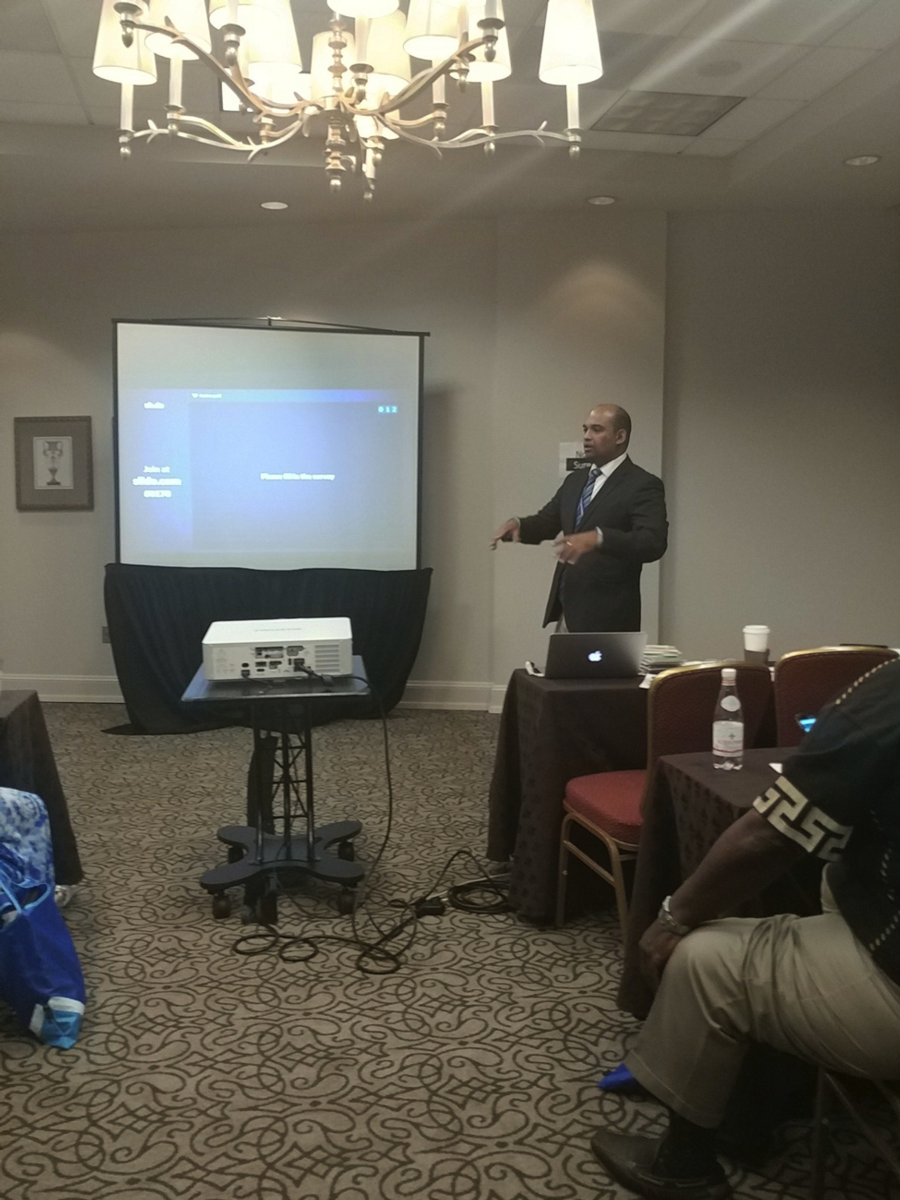Being the Change: Succession Planning for Organizations
By Dharmit Shelat, MD, MPH | May 25, 2017
Graduate Assistant, Tulane University | 2017 Kirby Summer Intern, ETR
ETR recently hosted an exciting event in New Orleans. It was Be The Change: Implementing Core Strategies for Sustainable Organizations for Impact in the South.
The institute focused on sustaining HIV prevention programs in the southern regions of the U.S. This was my first introduction to ETR’s Community Impact Solutions Project. They offer tools, resources and technical assistance to help HIV prevention organizations perform at their best.
Essential Points for Succession Planning
I joined a group of volunteers who covered the institute for social media. While attending a workshop session held by Miguel Taveras from PROCEED, Inc., I was particularly intrigued by the discussions on succession planning.
 Here are some things I learned about its importance for any organization.
Here are some things I learned about its importance for any organization.
- What it is: Succession planning is the process used to develop, train and recruit candidates for key roles in an organization. It is especially vital to create succession plans for top leadership positions.
- It is critically important. Effective planning can help organizations be prepared in situations of management crisis. It can also enable a planned transition from old leadership to new, and help organizations carry forward their mission and legacy of values. It is an ongoing process which demands an investment of time and resources. For this reason, it can be a challenge for many organizations.
- It provides a proactive way for organizations to maintain their momentum during times of transition. From the moment the idea for an organization is first conceived to the point where a leader or manager is preparing to leave, management encounters many challenges. Adaptations, adjustments and refinements are made. Managers develop skills and gain insights that cannot simply be transmitted directly to successors.
Instead, new leadership needs to absorb these elements by being around the organization and staff. It takes time for the successor to settle into the new role. Succession planning provides for smoother transitions, reduced uncertainty and fewer glitches. Essential tasks continue to be covered, and focus on mission and goals continues to be sharp.
- Succession planning is important whether candidates come from within or beyond the organization. If an organization depends completely on internal candidates to fill management positions, the result may be stagnation of vision, ideas and goals. If every position is filled by an outside candidate, career prospects for people within the organization will be limited. This leads to frustration.
Ideally, an organization creates an environment that incubates and prepares potential leaders in ways that help create a realistic balance between internal and external candidates. This involves more than simply building a list of staff who could step in “in a pinch” if someone in management leaves. It requires ongoing professional development. It might also involve such things as opportunities to work on special projects, assignment to different teams within the organization, and chances to network beyond the organization at conferences or other events.
Organizations Can Do This!
It is challenging for organizations to recognize, select and support potential candidates for new leadership roles. This situation often resonates with me. I feel there is a lack of platforms that nurture new graduates. They need support as they transition from academia to a professional setting, and often can use assistance in aligning to the dynamics of an organization. They also need opportunities to effectively demonstrate their diverse skillsets.
In that light, I think ETR is doing a great job in bridging this gap by providing a platform like the Kirby Summer Internship. In this program, public health graduate students have a unique opportunity to translate their skillsets in real world settings, while also being mentored by multidisciplinary experts. This is a fine way to enable young professionals to emerge as future leaders in the field.
Dharmit Shelat, MD, MPH, is a Graduate Assistant at Tulane University. He is also a 2017 Kirby Summer Intern here at ETR. He is particularly interested in epidemiology, data analysis and HIV/STI prevention, and has done work in both India and Ukraine. He can be reached at dshelat@tulane.edu.





